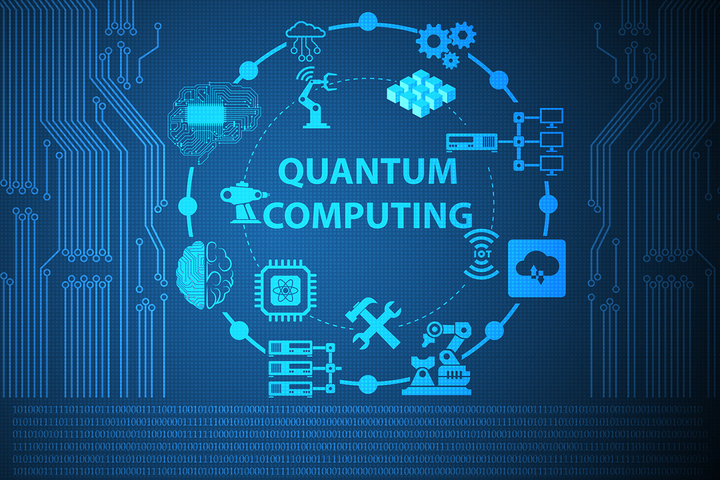
The Quantum Leap: AI Meets Quantum Computing for Next-Gen InnovationsThe Quantum Leap: AI Meets Quantum Computing for Next-Gen Innovations The convergence of artificial intelligence (AI) and quantum computing is unleashing a paradigm shift in technological advancements. This emerging field, known as quantum machine learning (QML), promises to revolutionize various sectors by enabling unprecedented computational capabilities. Quantum Computing: The Breakthrough Quantum computers harness the principles of quantum mechanics to process information. Unlike classical computers that store data in bits representing 0s or 1s, quantum computers utilize quantum bits (qubits) that can exist in a superposition of both states simultaneously. This enables exponential parallelization and speedups, unlocking transformative possibilities. AI: The Catalyst AI empowers machines to perform tasks typically requiring human intelligence, such as image recognition, natural language processing, and decision-making. By integrating AI with quantum computing, researchers can design QML algorithms that leverage the unique capabilities of both technologies. Next-Gen Innovations The fusion of AI and quantum computing opens up a vast array of potential applications, including: * Drug Discovery: QML can accelerate drug design by simulating complex molecular interactions and identifying new compounds effectively. * Materials Science: QML algorithms can optimize material properties for improved efficiency and performance in batteries, solar cells, and other applications. * Financial Modeling: Quantum-enhanced AI can analyze vast financial datasets with unparalleled speed and accuracy, enhancing risk management and investment strategies. * Logistics and Supply Chain: QML-based optimization algorithms can optimize transportation networks, reducing costs and improving efficiency. * Quantum Communication: QML can enhance quantum key distribution protocols, enabling ultra-secure communication channels. Challenges and Opportunities While the potential of QML is undeniable, there are challenges to overcome. Building and maintaining quantum computers requires substantial investment and specialized expertise. Additionally, developing QML algorithms is a complex task, requiring a deep understanding of both AI and quantum mechanics. Overcoming these challenges will require collaboration between physicists, computer scientists, and application developers. Government and industry support can play a vital role in fostering research and development in this field. Conclusion The quantum leap brought about by the convergence of AI and quantum computing is poised to usher in a new era of innovation. By harnessing the power of both technologies, researchers and industry leaders can unlock unprecedented possibilities across a wide range of applications. The future of QML holds immense promise, and with continued advancements, we can expect transformative solutions that will shape the way we live, work, and interact with the world around us.
Posted inNews